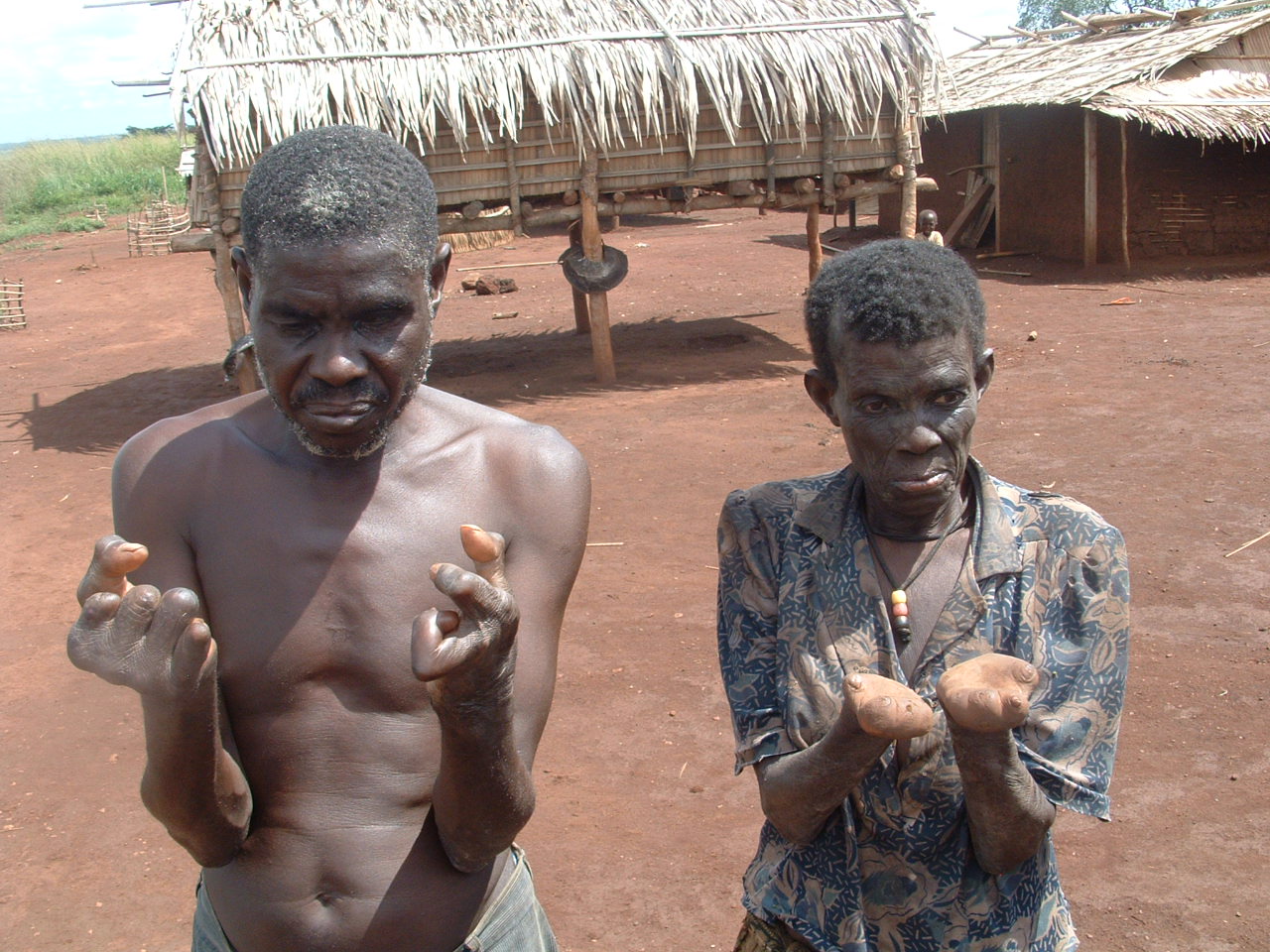Leprosy, a chronic infectious disease caused by a bacillus, mycobacterium leprae, which multiplies slowly was the highly feared disease the year 1989 in Kenya but was later declared eliminated.
The country received the status after registering a prevalence of less than one case per 10,000 people as per the World Health Organisation (WHO) standards.
Statistics from the Ministry of Health, however, show that cases of leprosy have recently been on the rise from 93 in 2017, 109 in 2018, and 162 in 2019, creating fear that it could creep back.
A report by Star’s reporter Magdaline Saya on September 5, 2023, stated that the Division of National Tuberculosis Leprosy and Lung Disease Programme at the Ministry of Health report showed that 116 leprosy cases were detected in 2022 from 14 counties.
Cases of leprosy, an age-old and once feared highly contagious and devastating disease, are on the rise in the country.
The cases were reported to be 104 in 2021, 88 in 2020, 162 in 2019, and 109 in 2018 with a six percent increase from 2021. Despite the six percent increase, there was a drop in the number of counties that notified leprosy cases from 21 counties in 2021 to 14 in 2022.
The disease which has an incubation period of five years has symptoms that may occur within one year though and can also take as long as 20 years or even more.
It is curable with multidrug therapy since it majorly affects the skin, the peripheral nerves, the mucosa of the upper respiratory tract, and the eyes.
Leprosy is likely transmitted via droplets, from the nose and mouth, during close and frequent contact with untreated cases.
Untreated, leprosy can cause progressive and permanent damage to the skin, nerves, limbs, and eyes.
“There is a need to continue doing sensitization to health care workers and awareness creation at the community level,” the report says.
“This could mean that there might have been improvement in seeking care and that the health care workers were able to make a diagnosis of leprosy early,” the report further states.
The World Health Organization now has warned that the disease predominantly affects the skin and peripheral nerves and if left untreated may cause progressive and permanent disabilities.
According to WHO, leprosy is a neglected tropical disease (NTD) that still occurs in more than 120 countries, with more than 200,000 new cases reported every year.
The Global Health Agency says the elimination of leprosy as a public health problem globally (defined as a prevalence of less than 1 per 10,000 population) was achieved in 2000 and in most countries by 2010.
The reduction in the number of new cases has been gradual, both globally and in the WHO regions.
